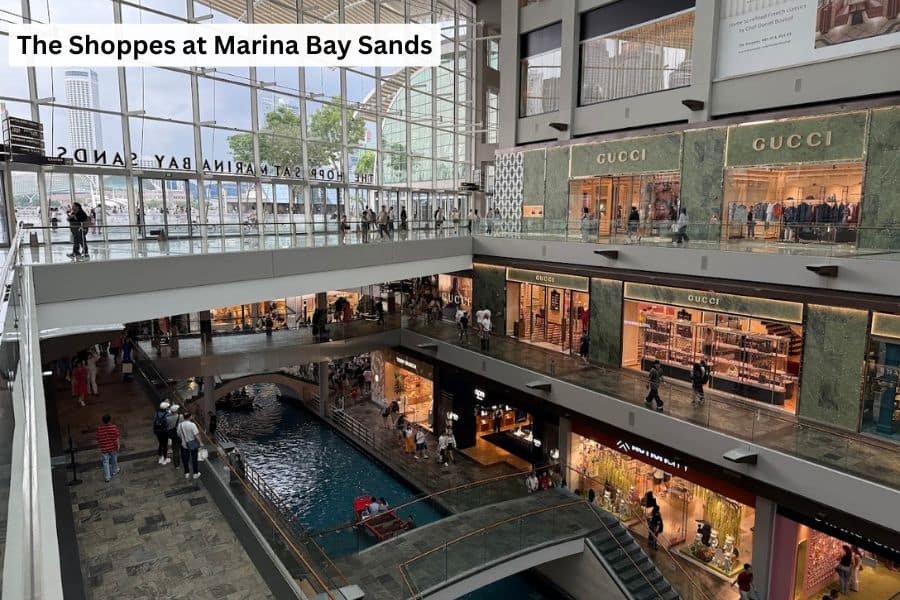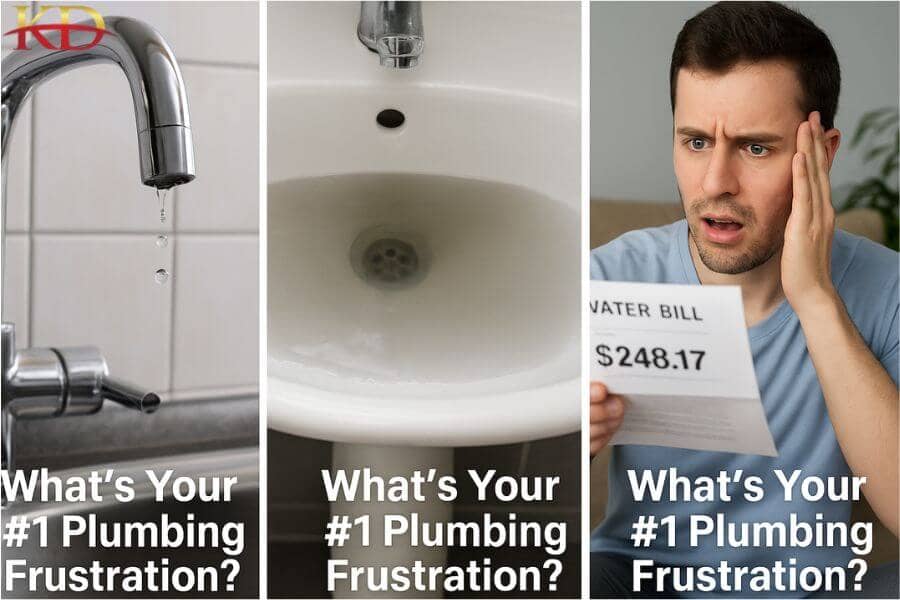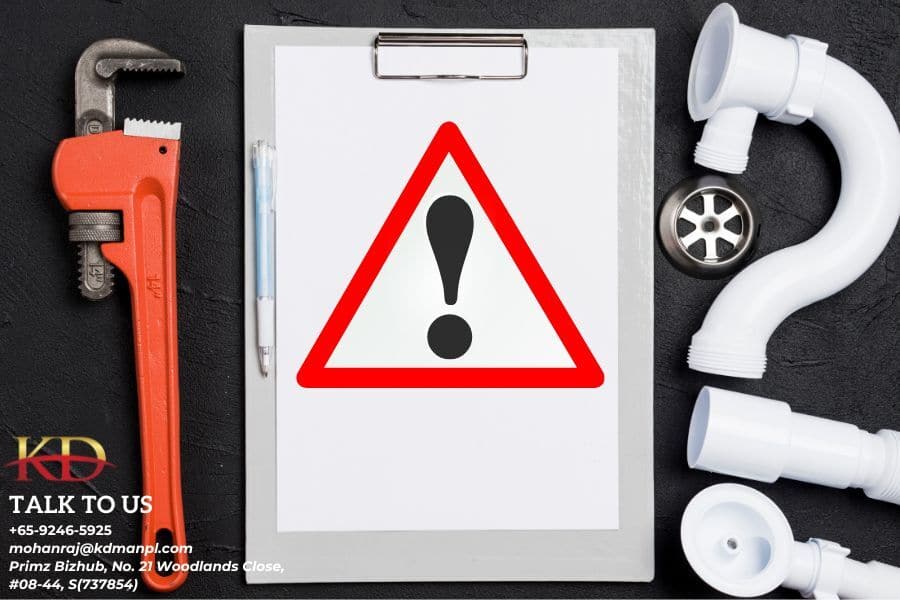Singapore’s shopping malls are not just retail hubs—they are massive lifestyle centers with restaurants, entertainment zones, and fitness facilities. With thousands of visitors daily, managing high water demand efficiently is crucial for smooth operations, hygiene standards, and cost control.
In a city where water sustainability is a national priority, shopping malls must adopt modern plumbing solutions to reduce waste, prevent system failures, and comply with Singapore’s water conservation regulations. Let’s explore innovative strategies and case studies that showcase how malls can tackle these challenges.
Water Usage Trends in Singapore’s Shopping Malls
- According to PUB (Singapore’s National Water Agency), commercial properties—including malls—account for nearly 15% of Singapore’s total water consumption.
- A typical large shopping mall can consume up to 500,000 liters of water per day, equivalent to 200 Olympic-sized swimming pools annually.
- Water demand is highest in restrooms, food courts, cleaning operations, and cooling towers for air-conditioning.
With water prices in Singapore increasing due to scarcity and sustainability goals, malls must optimize their plumbing systems to avoid unnecessary expenses and wastage.
1. Smart Water Management Systems: Real-Time Monitoring & Leak Detection
Technology-driven solutions help malls track and control water usage efficiently.
✅ IoT-enabled smart meters allow real-time monitoring of water consumption across different zones (e.g., restrooms, kitchens, and mechanical rooms).
✅ Automated leak detection systems send alerts to facility managers, reducing the risk of costly water damage.
✅ Smart shut-off valves prevent wastage in case of pipe bursts or leaks.
🔍 Case Study: Jewel Changi Airport
Jewel Changi, one of Singapore’s most advanced shopping malls, uses automated water management systems to track water usage across its various attractions, including the Rain Vortex (world’s tallest indoor waterfall).
The mall implemented rainwater harvesting and smart filtration systems, reducing dependency on Singapore’s water supply.
2. High-Efficiency Fixtures: Reducing Water Wastage
Upgrading to water-efficient plumbing fixtures is a simple yet effective way to cut costs.
✅ Sensor-activated faucets and urinals prevent unnecessary water flow.
✅ Dual-flush toilets allow users to choose between a low or high flush, saving up to 30% of water per flush.
✅ Low-flow showerheads and faucets reduce water usage without affecting pressure.
🔍 Case Study: Marina Bay Sands (MBS)
MBS installed low-flow taps and water-efficient toilets, reducing water consumption by 390,000 cubic meters annually—equivalent to 156 Olympic-sized pools!
This helped MBS achieve Singapore’s Green Mark Platinum Certification, enhancing its reputation as a sustainable commercial property.
3. Grease Management in Food Courts: Preventing Drain Clogs
Food courts are one of the biggest plumbing challenges in shopping malls due to grease buildup from cooking and dishwashing. Proper grease management prevents costly drain blockages and pipe corrosion.
✅ Grease traps collect fats, oils, and grease (FOG) before they enter drainage pipes.
✅ Regular grease trap maintenance schedules reduce the risk of blockages.
✅ Strict tenant guidelines on waste disposal ensure compliance with regulations.
🔍 Regulatory Compliance: NEA’s Grease Waste Disposal Guidelines
Singapore’s National Environment Agency (NEA) mandates that food establishments in malls install and maintain grease traps to prevent sewer pollution. Non-compliance can result in fines of up to SGD 5,000.
4. Drainage & Flood Prevention: Preparing for Heavy Rainfall
Singapore’s tropical climate means heavy rain can overwhelm drainage systems, causing flooding in basements, loading bays, and parking lots.
✅ Sump pumps installed in basements and car parks prevent water accumulation.
✅ Backflow prevention valves stop sewage from reversing into occupied areas.
✅ Regular drain and gutter cleaning ensure efficient stormwater flow.
🔍 Case Study: VivoCity Mall
VivoCity installed an advanced drainage system with high-capacity pumps to handle heavy downpours.
The mall conducts quarterly drain inspections to ensure flood protection, especially during the monsoon season.
5. Routine Plumbing Inspections: Predictive Maintenance to Avoid Downtime
Large malls cannot afford plumbing failures—a single restroom malfunction or burst pipe can disrupt business and inconvenience thousands of shoppers.
✅ CCTV drain inspections detect hidden pipe issues before they escalate.
✅ Water pressure monitoring systems identify leaks in high-traffic zones.
✅ Scheduled maintenance contracts ensure plumbing systems are always in top condition.
🔍 Case Study: The Shoppes at Marina Bay Sands
The mall implemented predictive maintenance using AI-driven diagnostics, reducing unexpected plumbing failures by 40%.
This proactive approach helped cut emergency repair costs by SGD 100,000 per year.
Conclusion
Managing high water demand in Singapore’s shopping malls requires a combination of smart technology, water-efficient fixtures, grease management, drainage systems, and predictive maintenance.
By adopting these modern plumbing solutions, malls can:
✅ Reduce operational costs 💰
✅ Comply with Singapore’s water conservation regulations 📜
✅ Enhance customer experience with reliable water systems 🏢
✅ Contribute to sustainability efforts ♻️
As Singapore moves towards a greener and more efficient future, investing in advanced plumbing solutions is no longer optional—it’s a necessity for long-term success in the retail industry.





Leave a Reply